Engineering & Computer Science
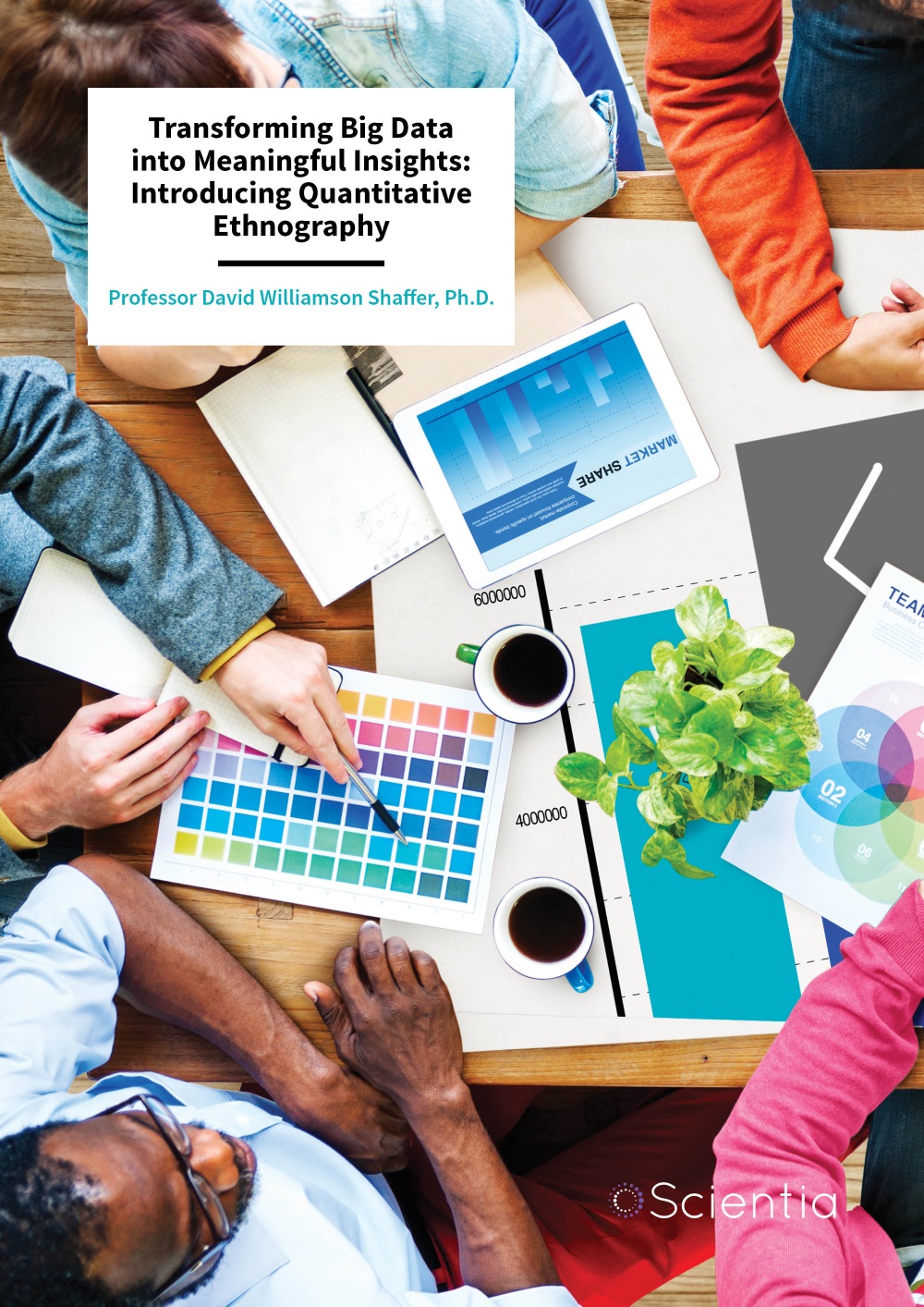
Professor David Williamson Shaffer – Transforming Big Data into Meaningful Insights: Introducing Quantitative Ethnography
In the information age, humans produce data at an extraordinary rate, offering social scientists an opportunity to study our behaviour in a manner unprecedented in human history. In his new book Quantitative Ethnography, learning scientist Professor David Williamson...
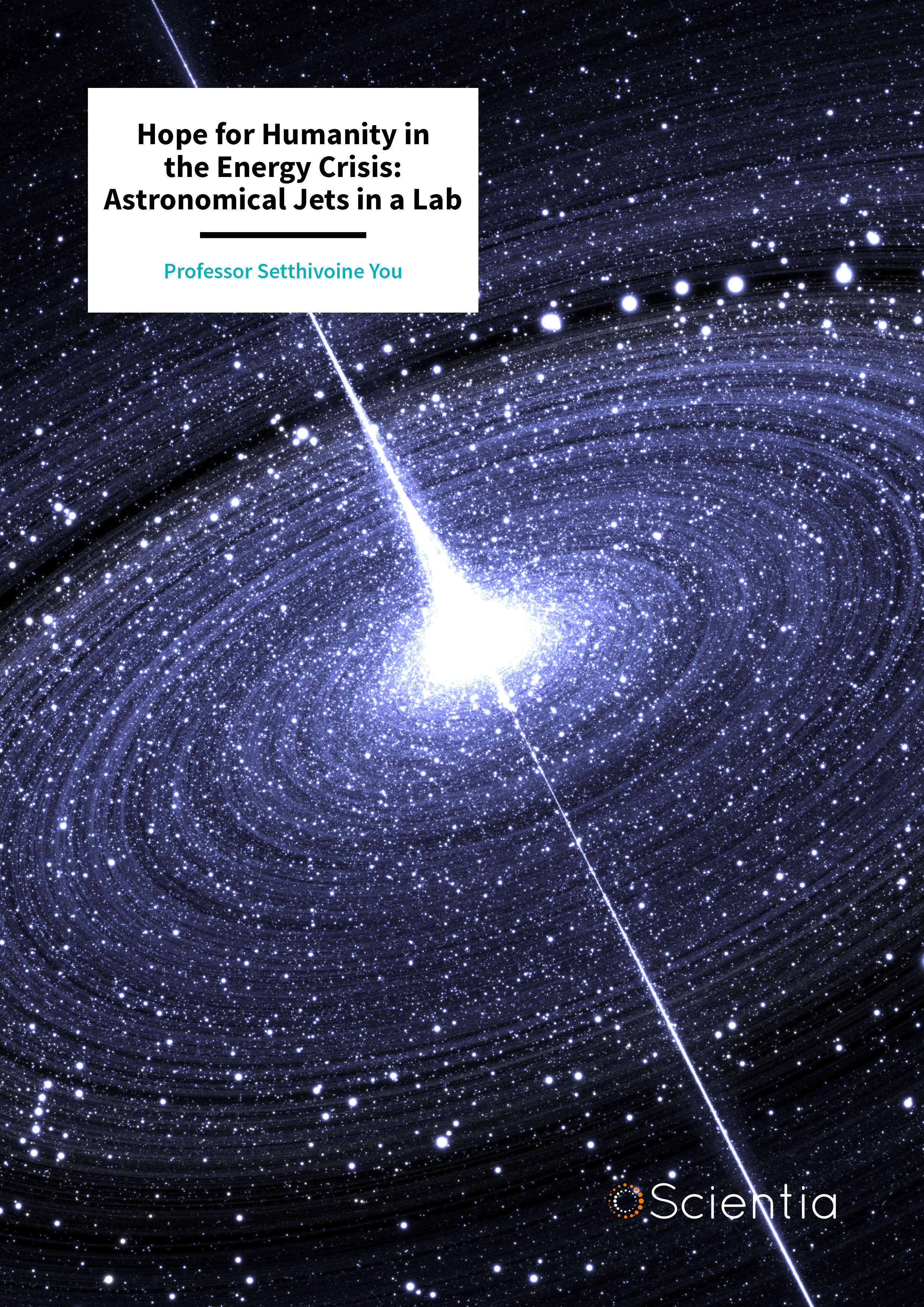
Professor Setthivoine You – Hope for Humanity in the Energy Crisis: Astronomical Jets in a Lab
If we consider Earth as a closed box in which humanity has only ever lived, the second law of thermodynamics says that in the end, inevitably, the box will reach a state of maximum disorder. So, in the long run, there are two important ways in which our species might...
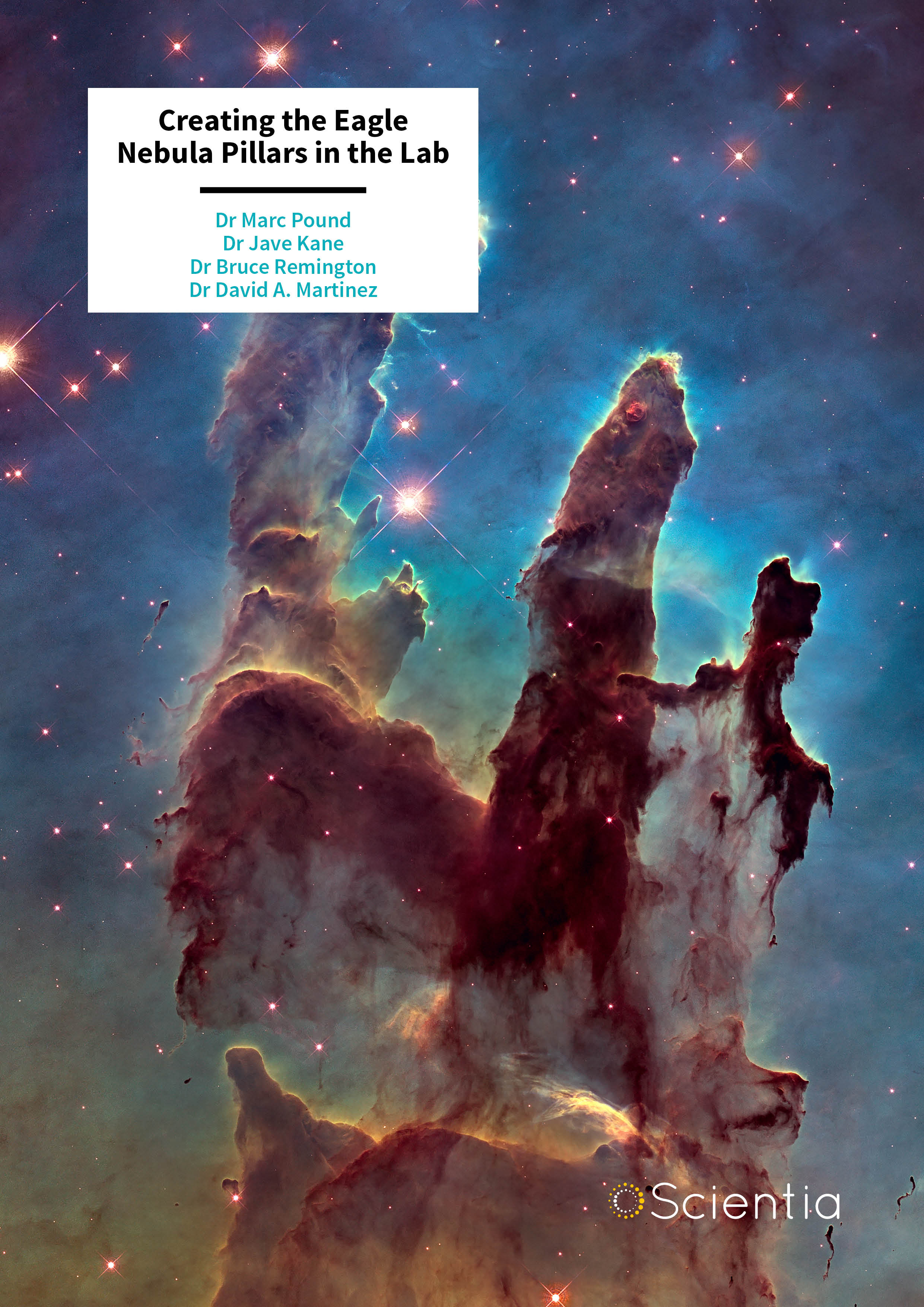
Pound | Kane | Martinez | Remington – Creating the Eagle Nebula Pillars in the Lab
The ‘Pillars of Creation’ is one of the most iconic images ever taken by the Hubble Space Telescope, but the processes that formed these colossal tendrils of the Eagle Nebula are still not entirely understood. To test emerging theories, Drs Marc Pound, Jave Kane,...
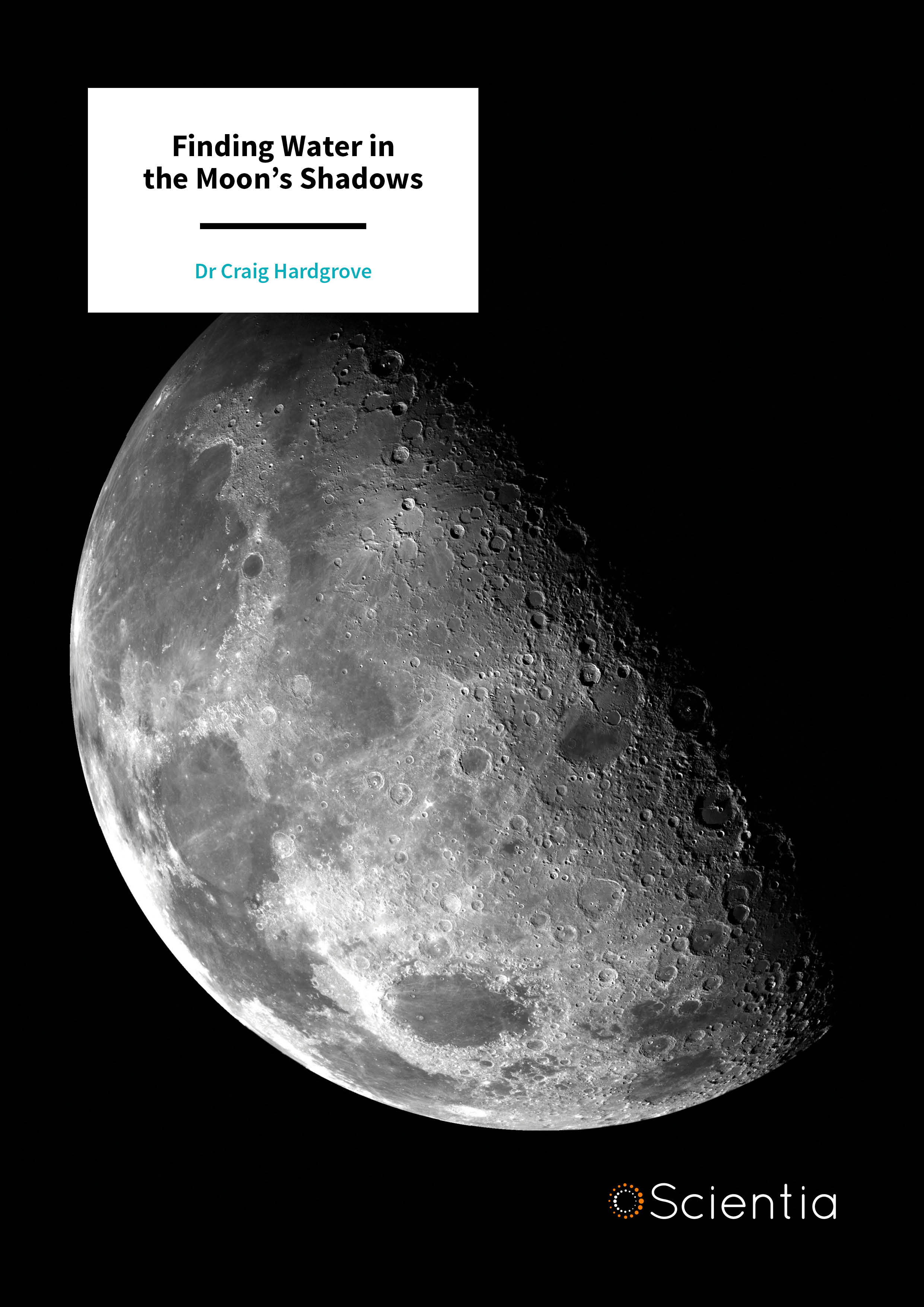
Dr Craig Hardgrove – Finding Water in the Moon’s Shadows
The Moon’s poles are enriched in hydrogen, a key component of water-ice, but there’s still much to learn. Dr Craig Hardgrove and his colleagues at Arizona State University are leading the Lunar Polar Hydrogen Mapper (LunaH-Map) mission, which aims to discover how much...
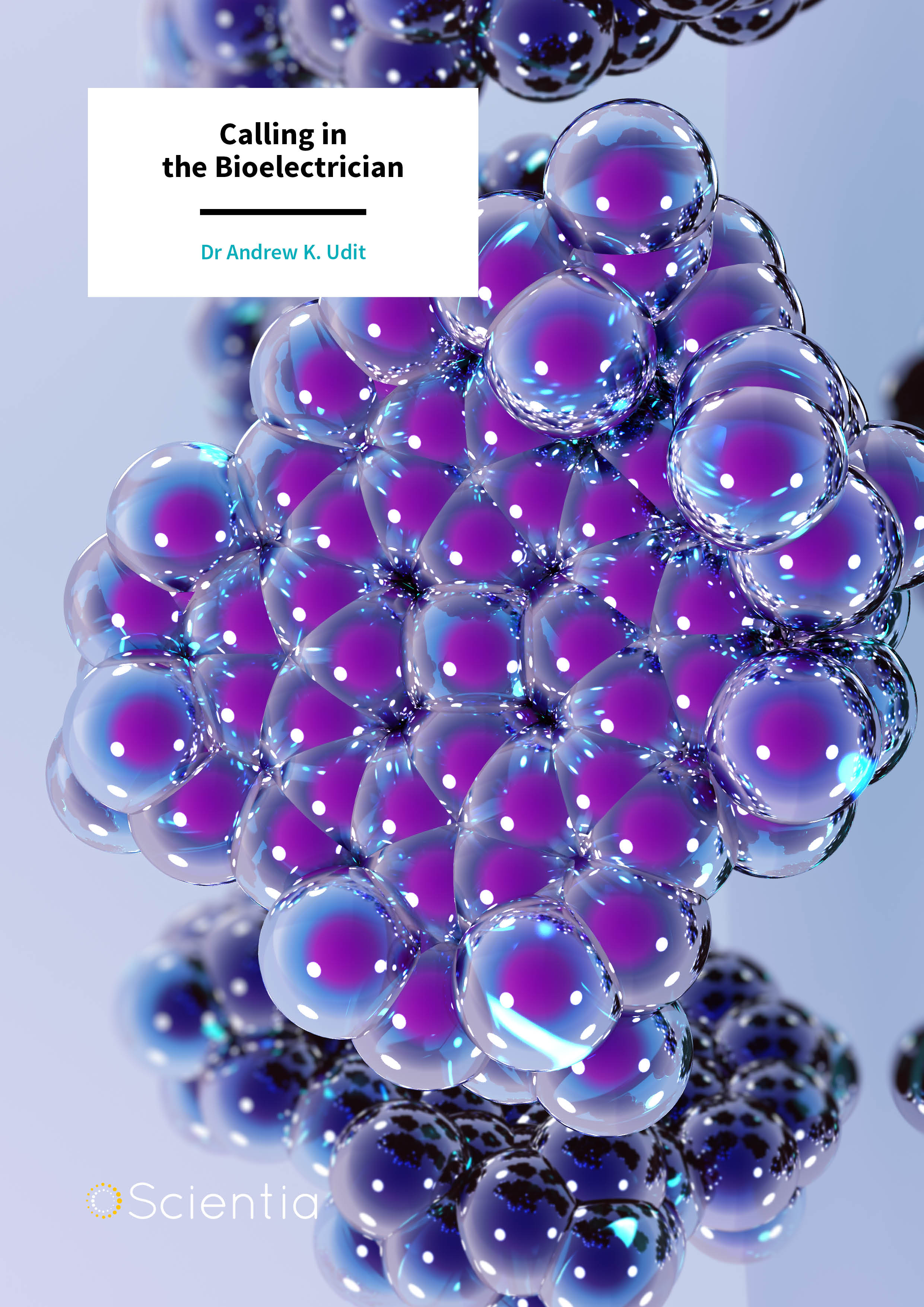
Dr Andrew K. Udit – Calling in the Bioelectrician
In the world of chemistry, the search for new and improved catalysts is of great importance. Inspired by a family of vital biological molecules, cytochrome P450 catalysts could be the way of the future for industry – if only they could be made to work better. Dr...
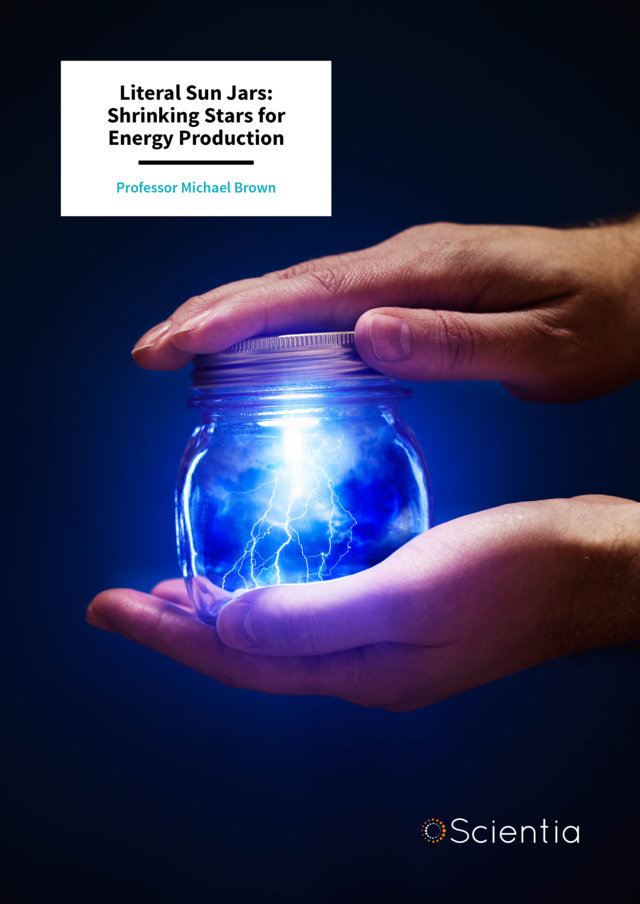
Professor Michael Brown – Literal Sun Jars: Shrinking Stars for Energy Production
Science is the pursuit of knowledge – a search for an understanding. Sometimes that knowledge is simply collected and catalogued away for future reference (the laser was discovered in this manner) but, often, it is searched out vehemently to achieve something of...
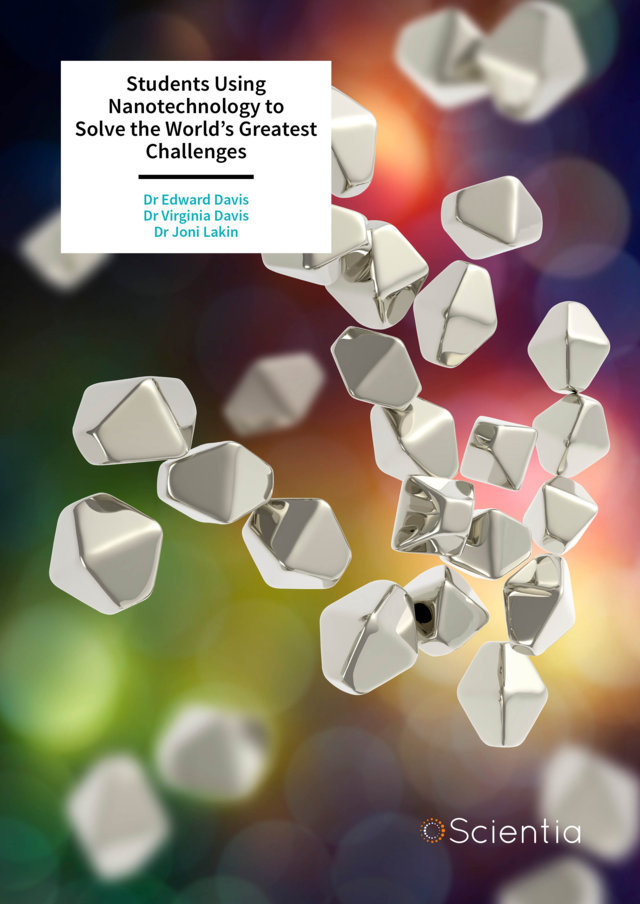
Students Using Nanotechnology to Solve the World’s Greatest Challenges
The field of engineering is central to innovations across science and technology, yet many college students show a lack of interest in pursuing engineering careers. Educators at Auburn University are developing innovative educational modules that engage students in...
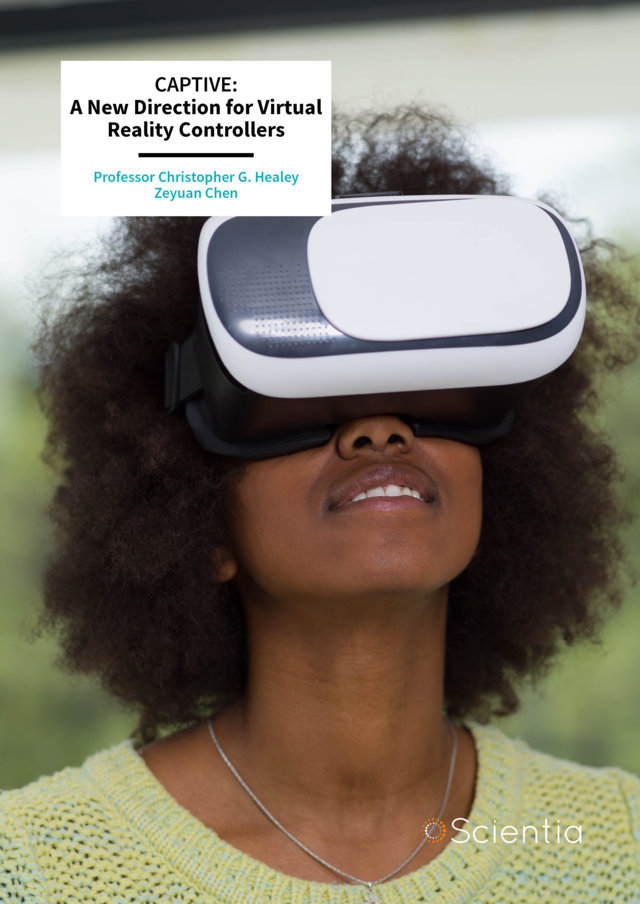
Professor Christopher Healey | Zeyuan Chen – A New Direction for Virtual Reality Controllers
Virtual and augmented reality systems are transforming how we view and manipulate 3D objects. One of the biggest challenges to developers is to design fast, accurate, yet affordable controllers. Now, Professor Christopher Healey and Zeyuan Chen at North Carolina State...
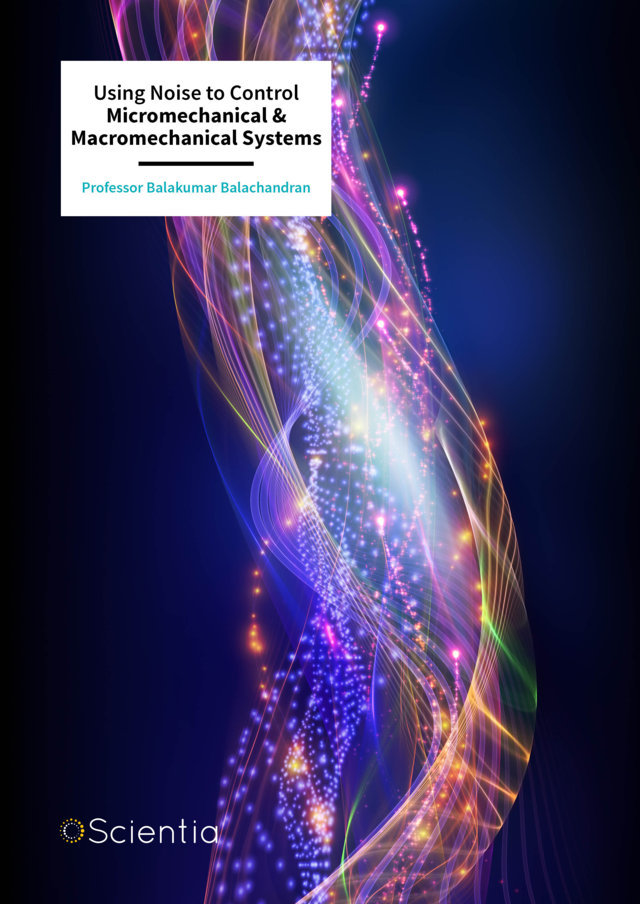
Professor Balakumar Balachandran – Using Noise to Control Micromechanical & Macromechanical Systems
Micromechanical oscillators are components of many electronic systems that keep track of signal processing and ensure data is moved around without becoming jumbled up. Professor Balachandran and his team at the University of Maryland are exploring how noise can be...
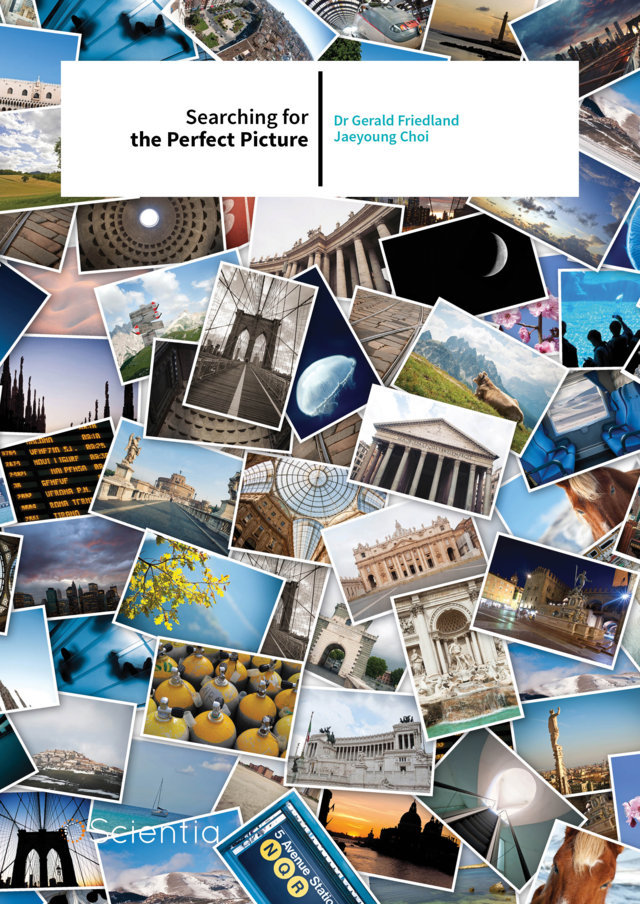
Dr Gerald Friedland | Jaeyoung Choi – Searching for the Perfect Picture
Currently, searching for images and videos on the Internet is less than ideal, with searches often providing completely irrelevant results. Dr Gerald Friedland, Jaeyoung Choi and their team at the International Computer Science Institute in Berkeley are working to...
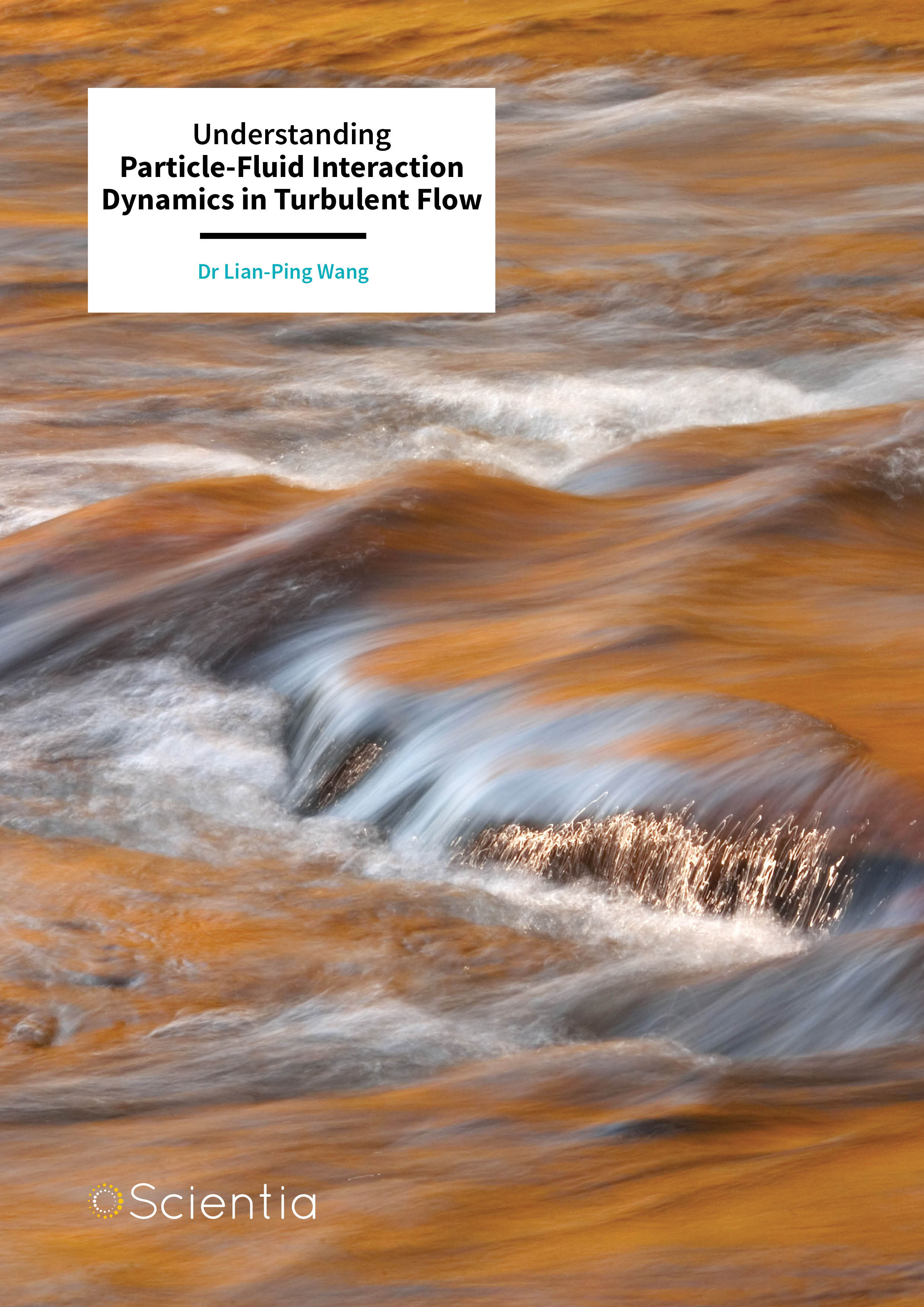
Dr Lian-Ping Wang – Understanding Particle-Fluid Interaction Dynamics in Turbulent Flow
Almost every aspect of the global water cycle involves a mixture of fluids and particles – raindrop formation, ocean currents and water percolation through the soil. This mixture of gas and liquid or liquid and solid causes behaviour that is important to understand,...
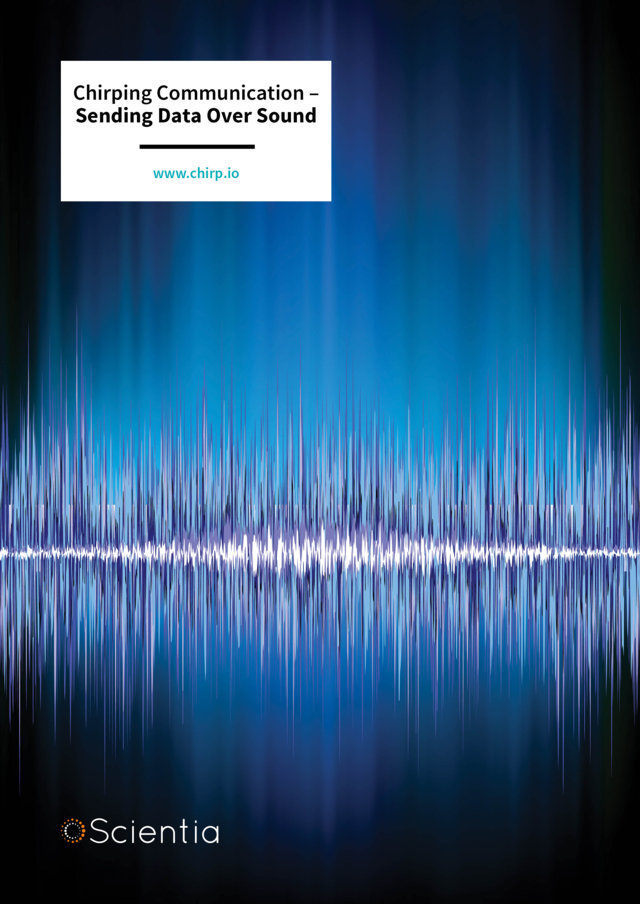
Chirping Communication – Sending Data Over Sound
Dr Daniel Jones, Chief Science Officer of Chirp, and his colleagues have developed a technology that enables fast, effortless and cheap data transfer using the power of sound waves. Chirp’s data-over-sound technology has been used in numerous applications for wireless...
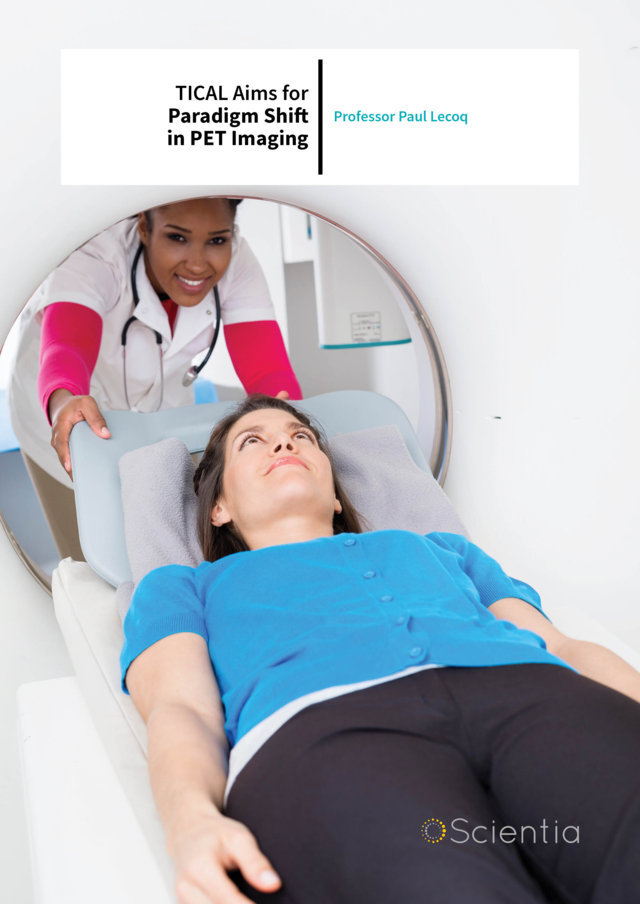
Professor Paul Lecoq – TICAL Aims for Paradigm Shift in PET Imaging
In an ongoing effort to increase the accuracy and sensitivity of current PET (positron emission tomography) scanners, Prof Paul Lecoq and his team at CERN research various elements of this particular imaging technique. Inspired by particle physics detectors, the team...
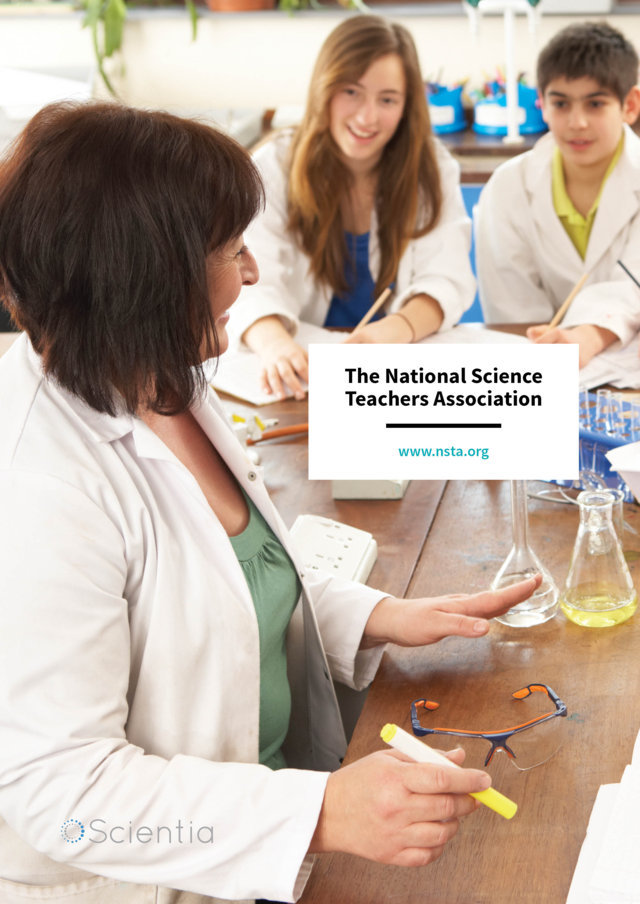
The National Science Teachers Association
Founded in 1944, the Virginia-based National Science Teachers Association (NSTA) is the largest organisation in the world promoting excellence and innovation in science teaching and learning for all. In this exclusive interview, we talk to Executive Director of...
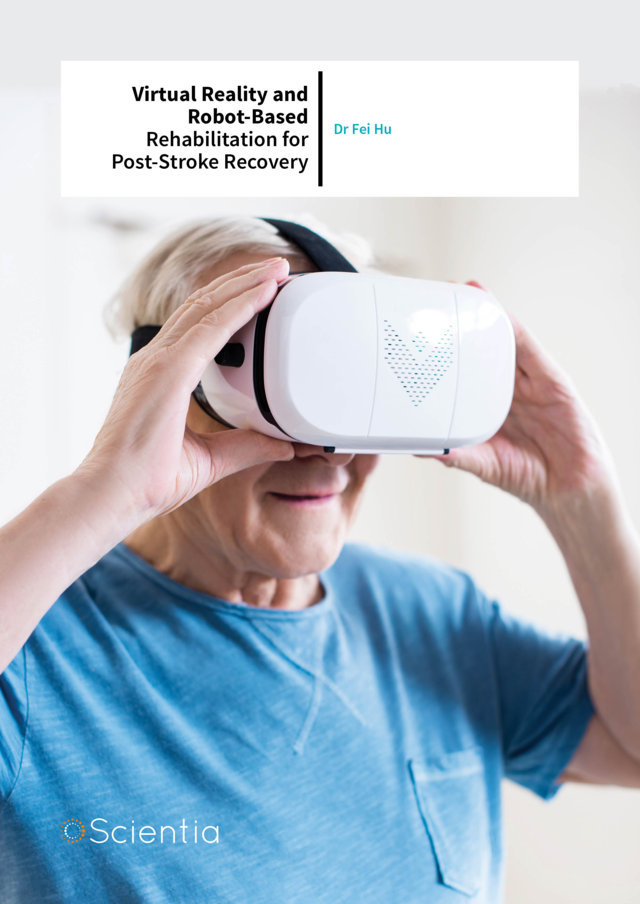
Dr Fei Hu – Virtual Reality and Robot-Based Rehabilitation for Post-Stroke Recovery
Stroke survivors often lose some of their motor functions, and recovery can be a long and expensive process. By integrating virtual reality, robot, and motion capture technology, a low-cost solution can be developed that is more effective and accessible than current...
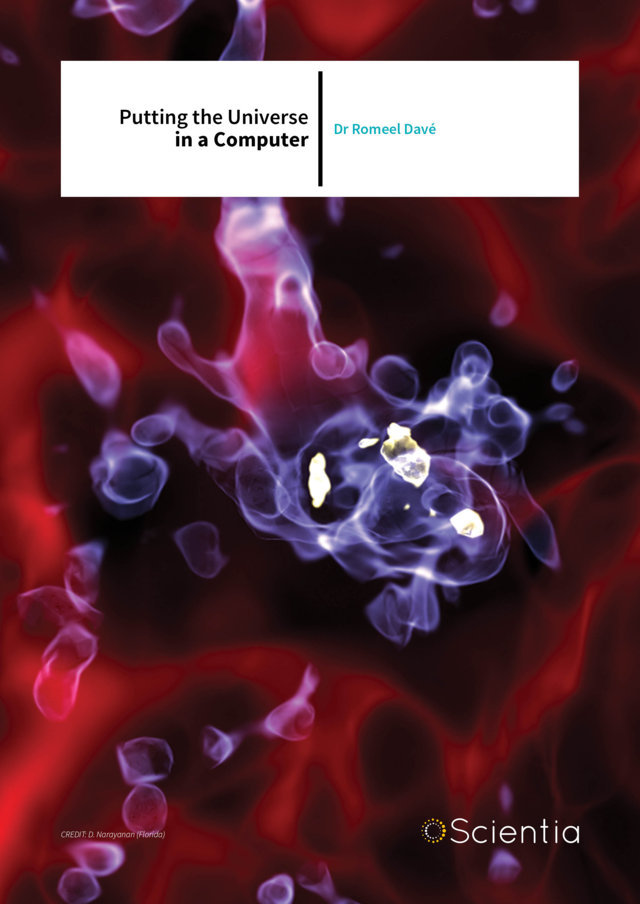
Dr Romeel Davé – Putting the Universe in a Computer
Galaxy formation theorist Dr Romeel Davé and his team at the University of the Western Cape use high-performance supercomputer simulations to answer basic questions about the evolution of galaxies and our visible Universe. Humans have always been mesmerised by the...
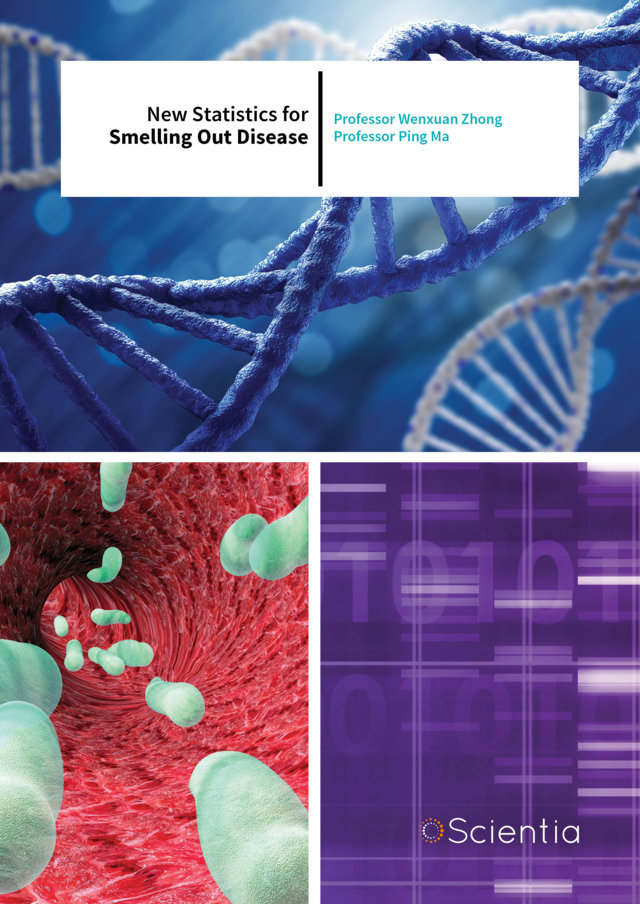
Professor Wenxuan Zhong – New Statistics for Smelling Out Disease
Cutting-edge scientific techniques are generating a wealth of details about biological systems. This information could enable the rapid detection of disease and toxic substances, and provide insights into the mechanisms behind complex diseases. However, teasing out...
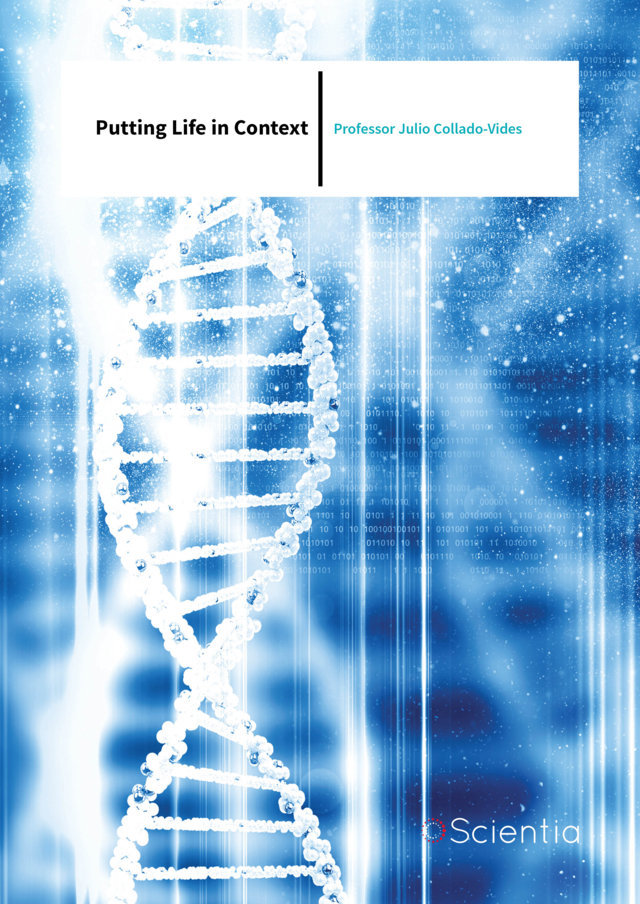
Professor Julio Collado-Vides – Putting Life in Context
How do you determine important scientific links when you are flooded by new publications each day? Professor Julio Collado-Vides and his team at the National University of Mexico appear to have the answer. Whether it be letters or ideograms, standardised street signs...
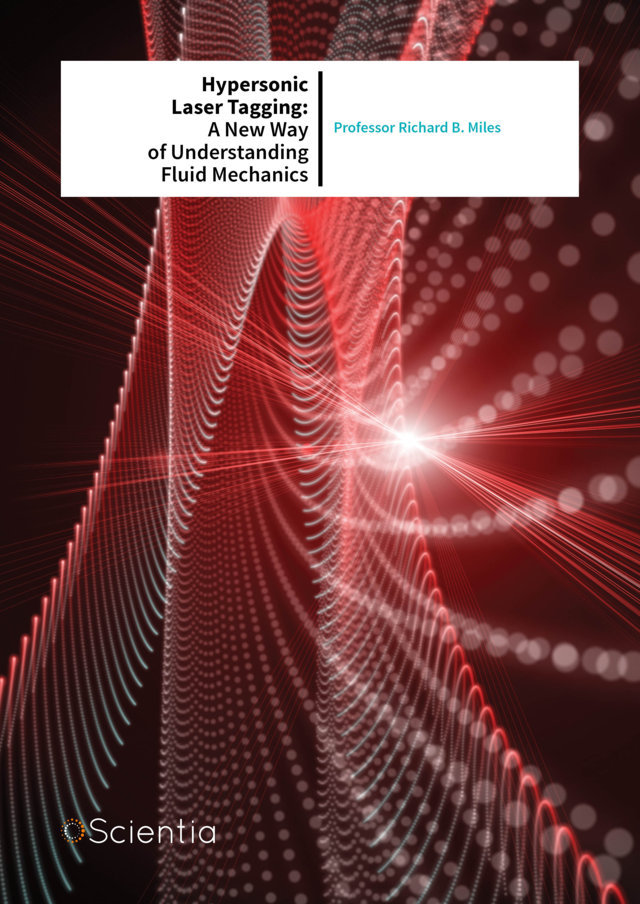
Professor Richard Miles – Hypersonic Laser Tagging: A New Way of Understanding Fluid Mechanics
Fluid mechanics is the study of the flows within liquids, gases and plasmas, and the forces that act upon them. Applications involving fluid mechanics are vast, ranging from chemical engineering to astrophysics, and so an accurate understanding is essential for future...
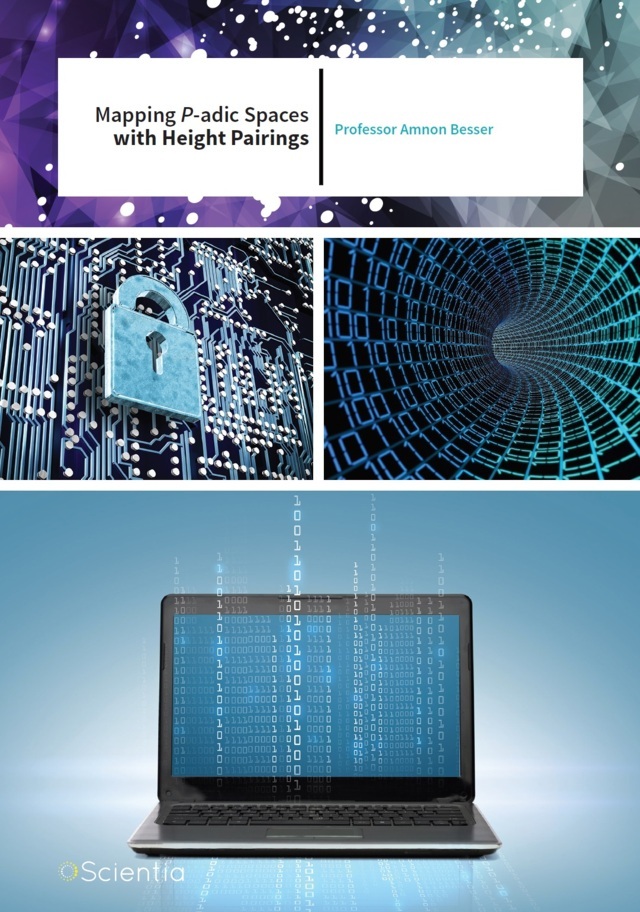
Professor Amnon Besser – Mapping P-adic Spaces with Height Pairings
Professor Amnon Besser of Ben-Gurion University of the Negev and his colleagues are exploring p-adic numbers – one of the most difficult areas of number theory – in order to solve long-standing open problems bridging several fields of mathematics. Solving Unsolvable...
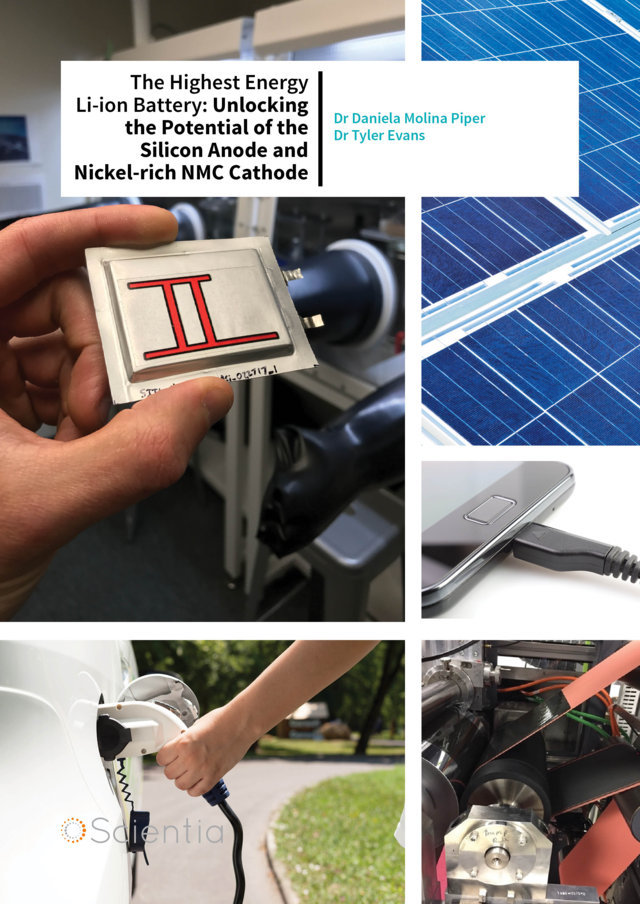
The Highest Energy Li-ion Battery: Unlocking the Potential of the Silicon Anode and Nickel-rich NMC Cathode
Over the past decade, lithium-ion batteries have become essential to the portable electronics industry, and more recently have been championed as the transportation power source of the future. However, if electric vehicles are to gain widespread commercial success,...
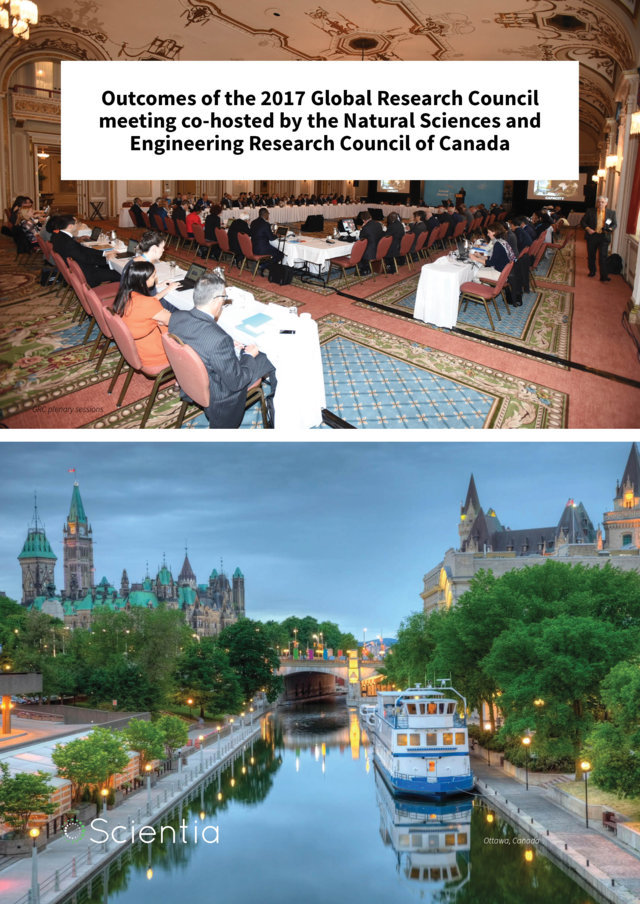
Outcomes of the 2017 Global Research Council meeting co-hosted by the Natural Sciences and Engineering Research Council of Canada
Comprising the heads of research funding agencies worldwide, the Global Research Council (GRC) is an organisation dedicated to fostering multilateral research and collaboration across continents to benefit both developing and developed nations. The GRC holds annual...
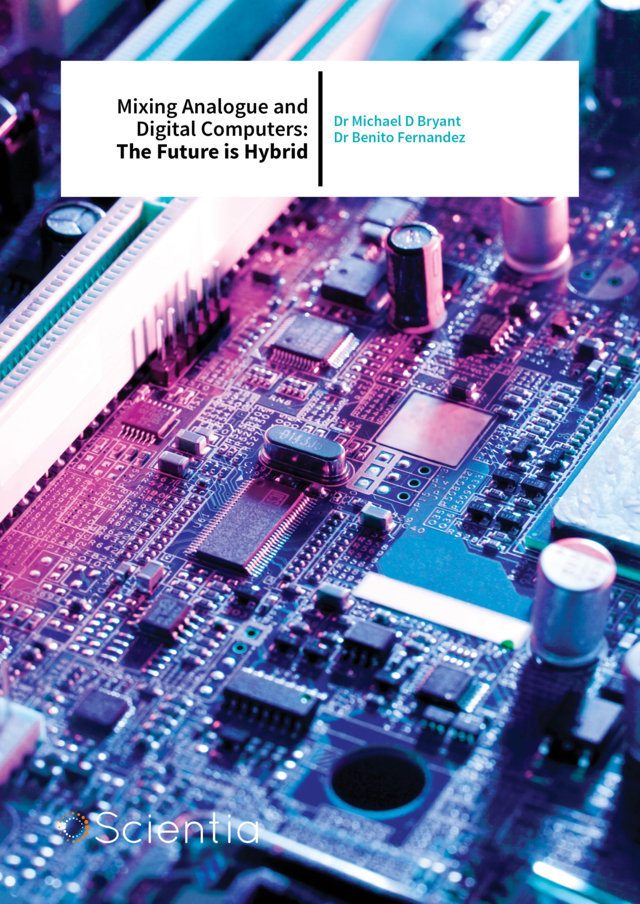
Dr Michael D. Bryant | Dr Benito R. Fernández – Mixing Analogue And Digital Computers: The Future is Hybrid
Differential equations are used to model and describe systems across the whole of science and technology. Current computer designs limit our ability to solve very large systems of differential equations. However, a combination of analogue and digital computing might...
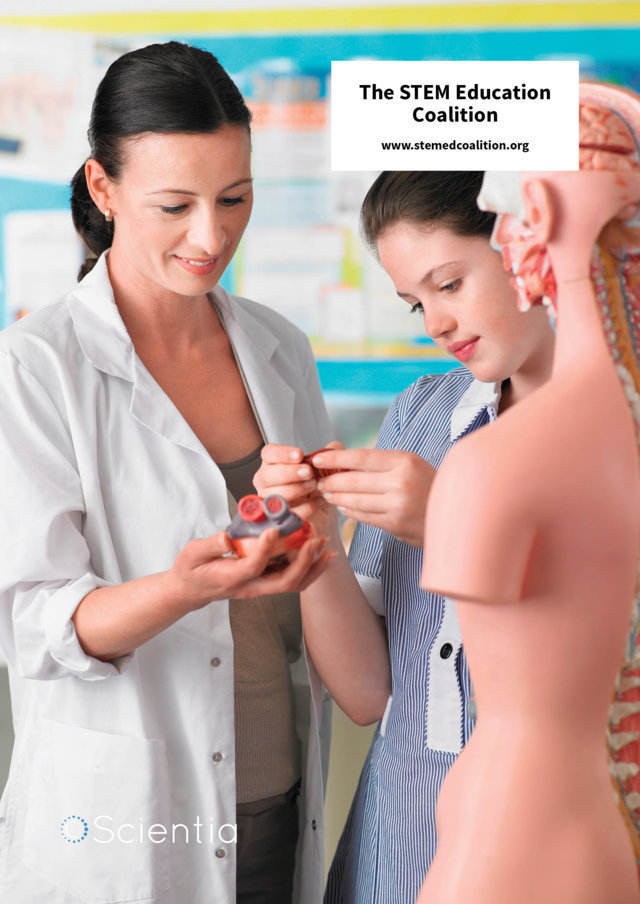
The STEM Education Coalition
The STEM Education Coalition was founded more than 15 years ago with a mission to raise awareness in the U.S. Congress, the administration, and on the state level about the critical role that STEM education plays in enabling the U.S. to remain the economic and...
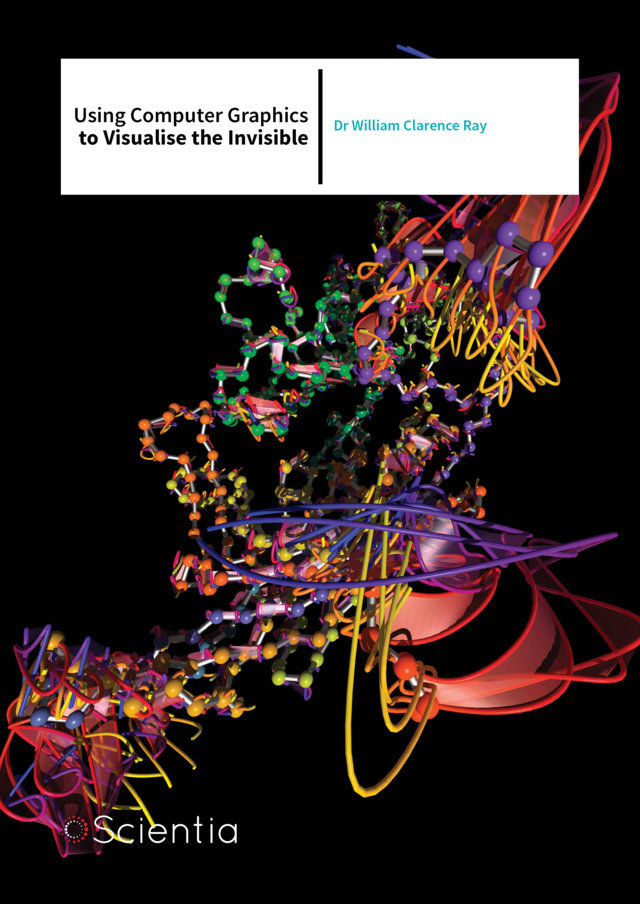
Dr William Ray – Using Computer Graphics to Visualise the Invisible
Biophysicist Dr William Ray and colleagues at The Ohio State University and the Battelle Center for Mathematical Medicine at The Research Institute at Nationwide Children’s Hospital in Columbus, develop novel approaches to graphically visualise what happens to...
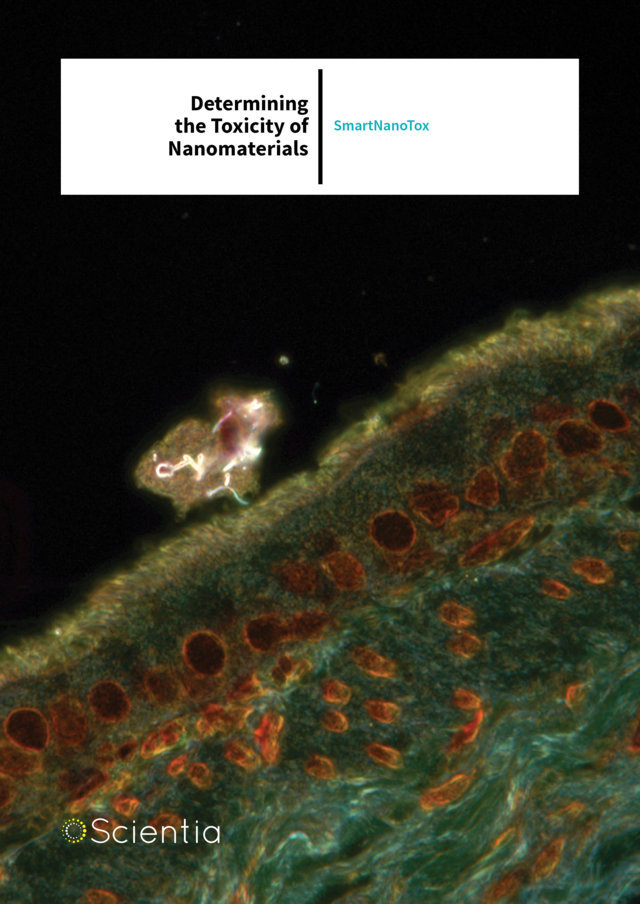
Smartnanotox

Continuum Dynamics Inc. – Catching the Wind: Understanding the Dynamics of Renewable Energy
As renewable energy sources such as wind, wave, and solar become more ubiquitous, the importance of understanding the detailed mechanisms of their operation is essential. In particular, with a dynamic and turbulent energy source like wind, an accurate way of modelling...
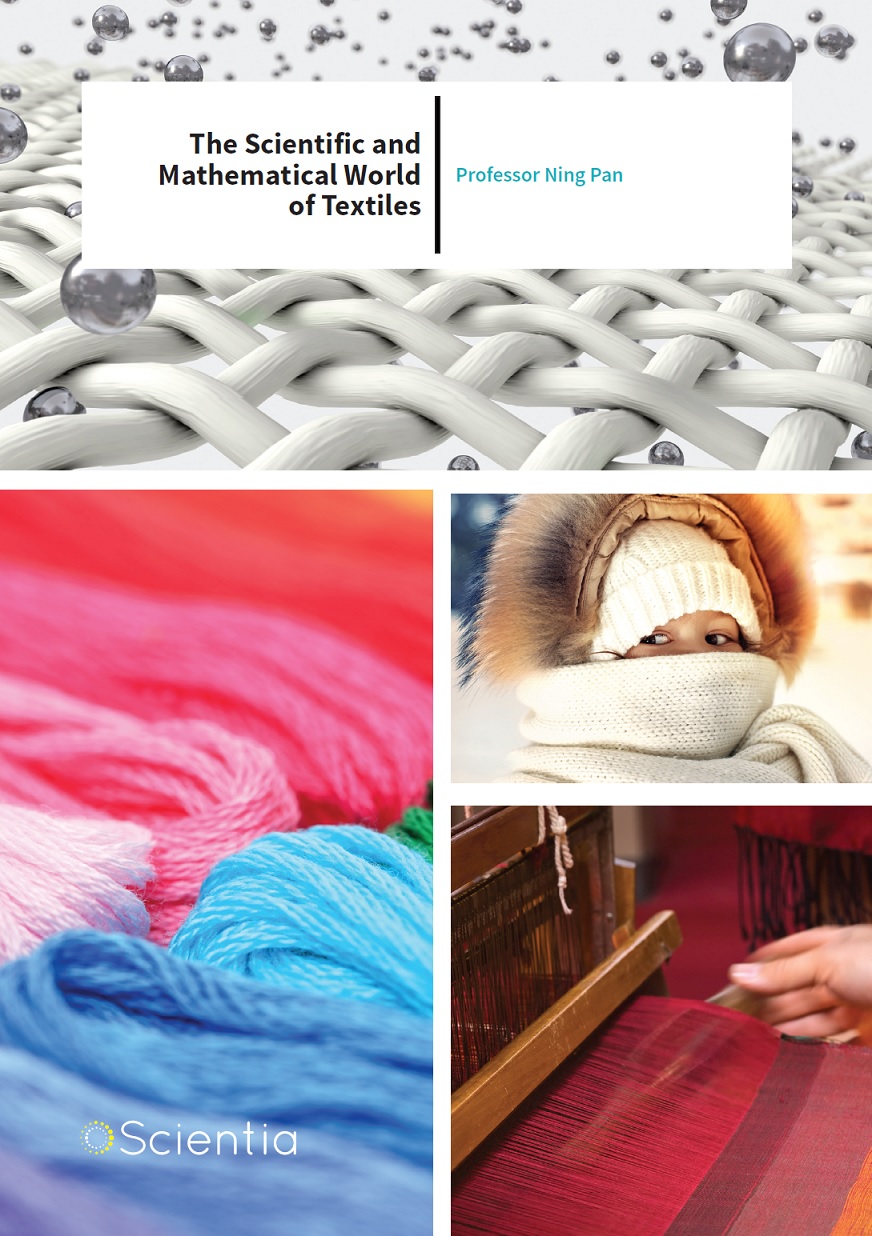
Professor Ning Pan – The Scientific and Mathematical World of Textiles
Textiles, including rope and yarn, are often thought of as functional and convenient materials for us to dress in, suspend swings from (in our more youthful days), or to safely secure items during transport. However, behind such critical applications is a complex...
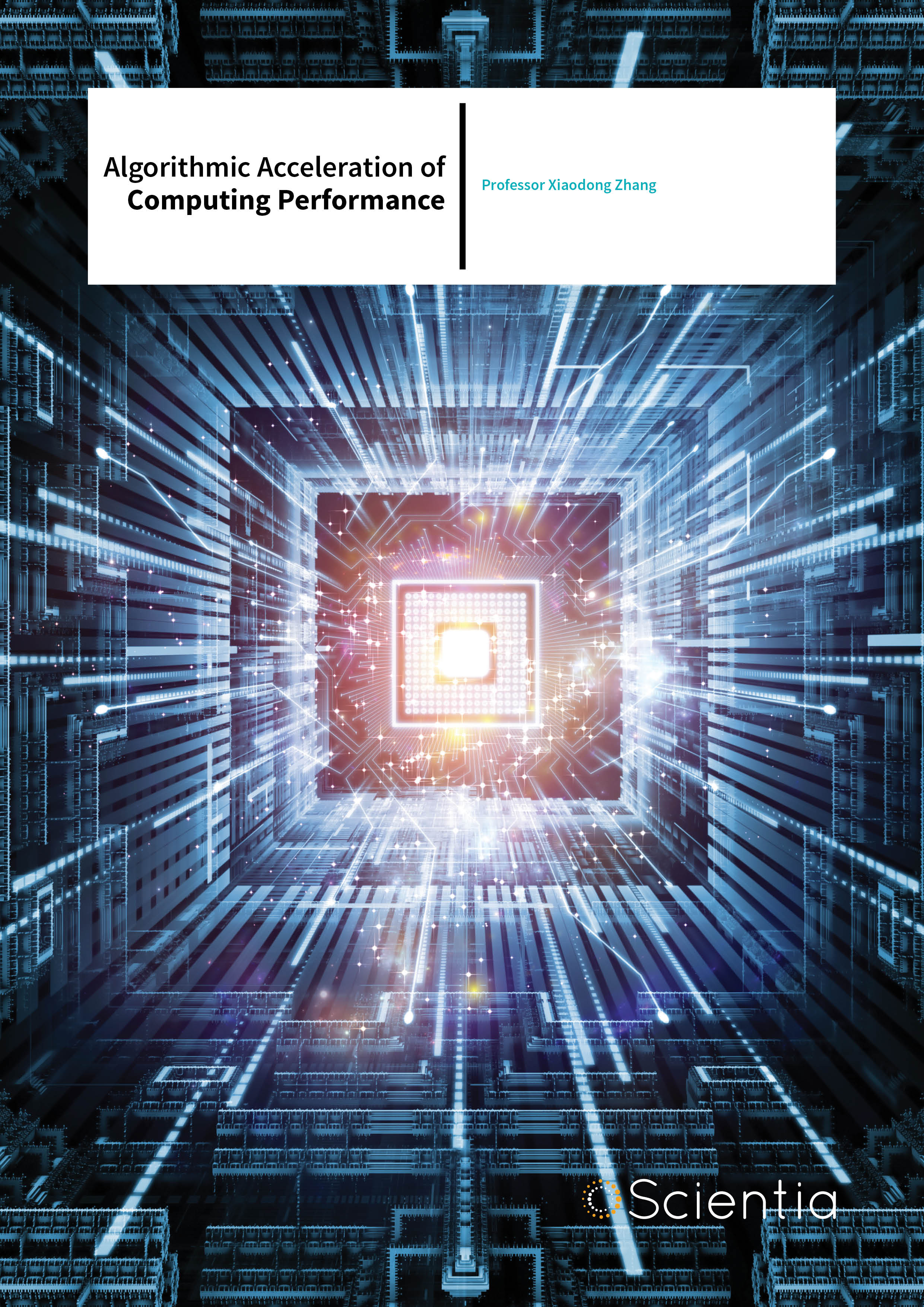
Professor Xiaodong Zhang – Algorithmic Acceleration of Computing Performance
The endless quest for making faster, more powerful computers is not just about investing in advanced hardware. By developing more efficient algorithms, Professor Xiaodong Zhang’s work has successfully revolutionised the design of fundamental computer components. By...
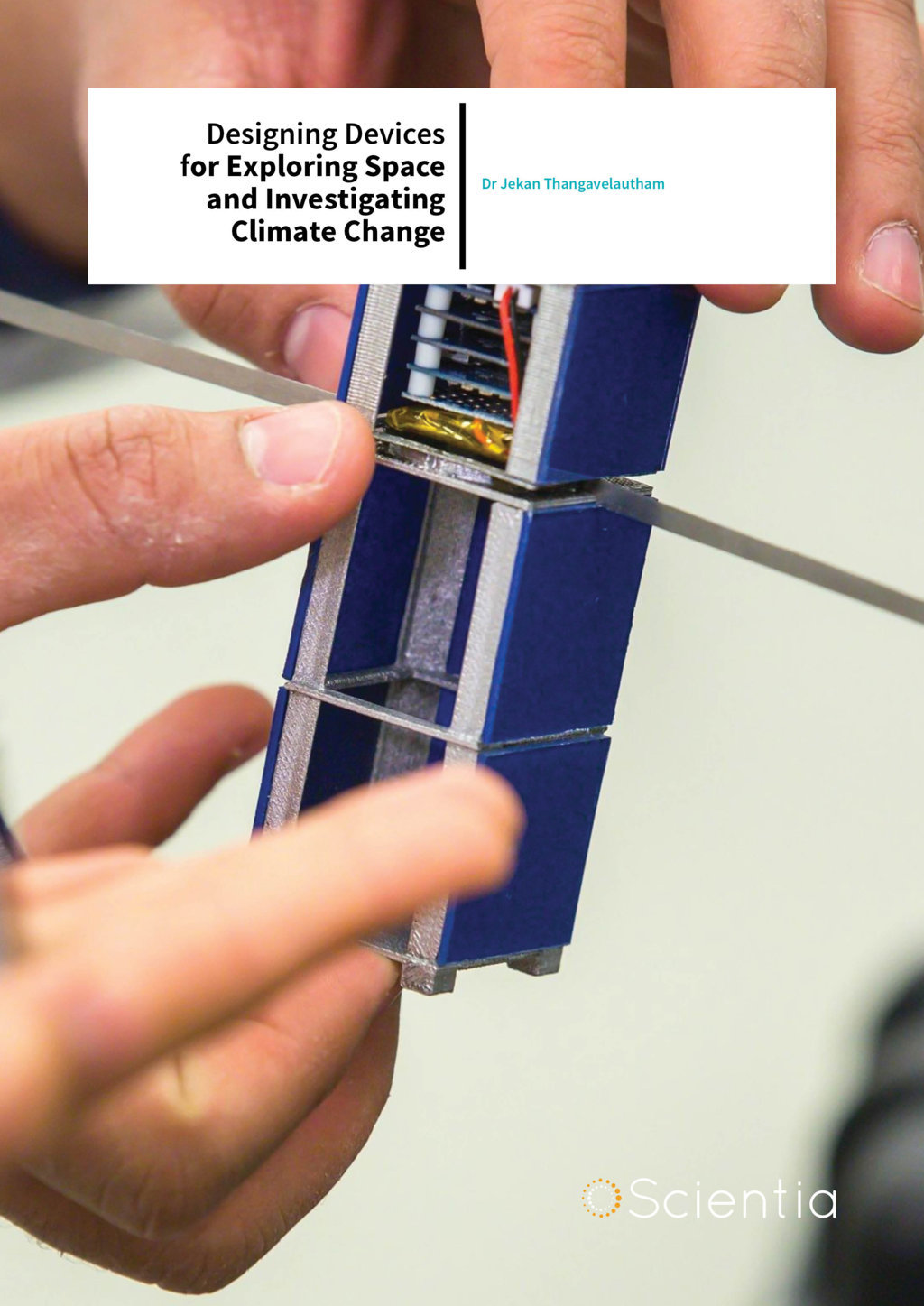
Dr Jekan Thangavelautham – Designing Devices for Exploring Space and Investigating Climate Change
Dr Jekan Thanga and his team at Arizona State University are developing new and sustainable solutions for low-cost space and extreme environment exploration. His team operates robots and sensor-networks for quantifying the effects of global warming on the Greenland...
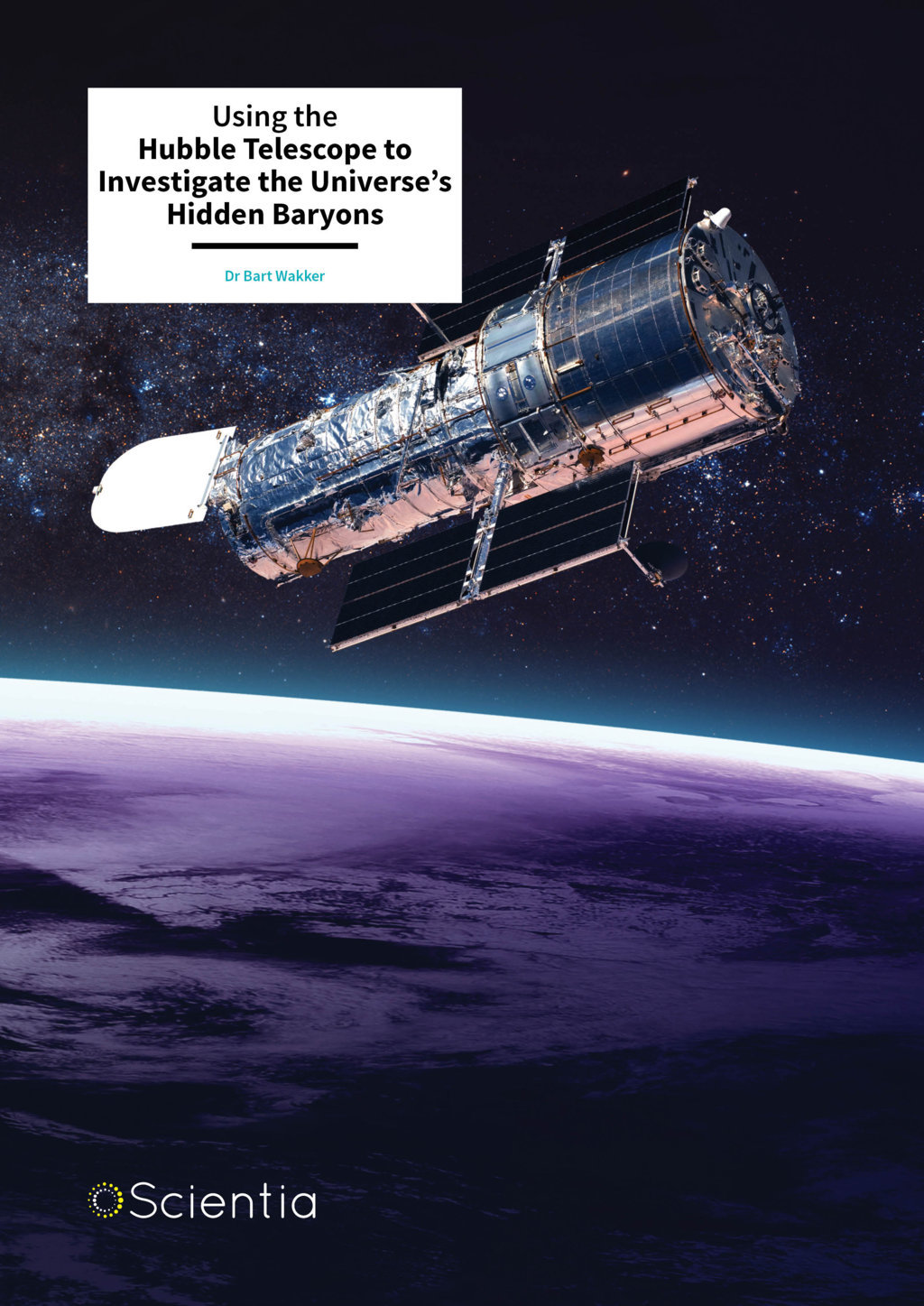
Dr Bart Wakker – Using the Hubble Telescope to Investigate the Universe’s Hidden Baryons
Astronomer Dr Bart Wakker and his colleagues use the Hubble Space Telescope (HST) to gather data on hidden baryonic matter and the composition of the Universe. Getting Closer to Far, Far Away From the era of Galileo and Copernicus up until now, our knowledge of...
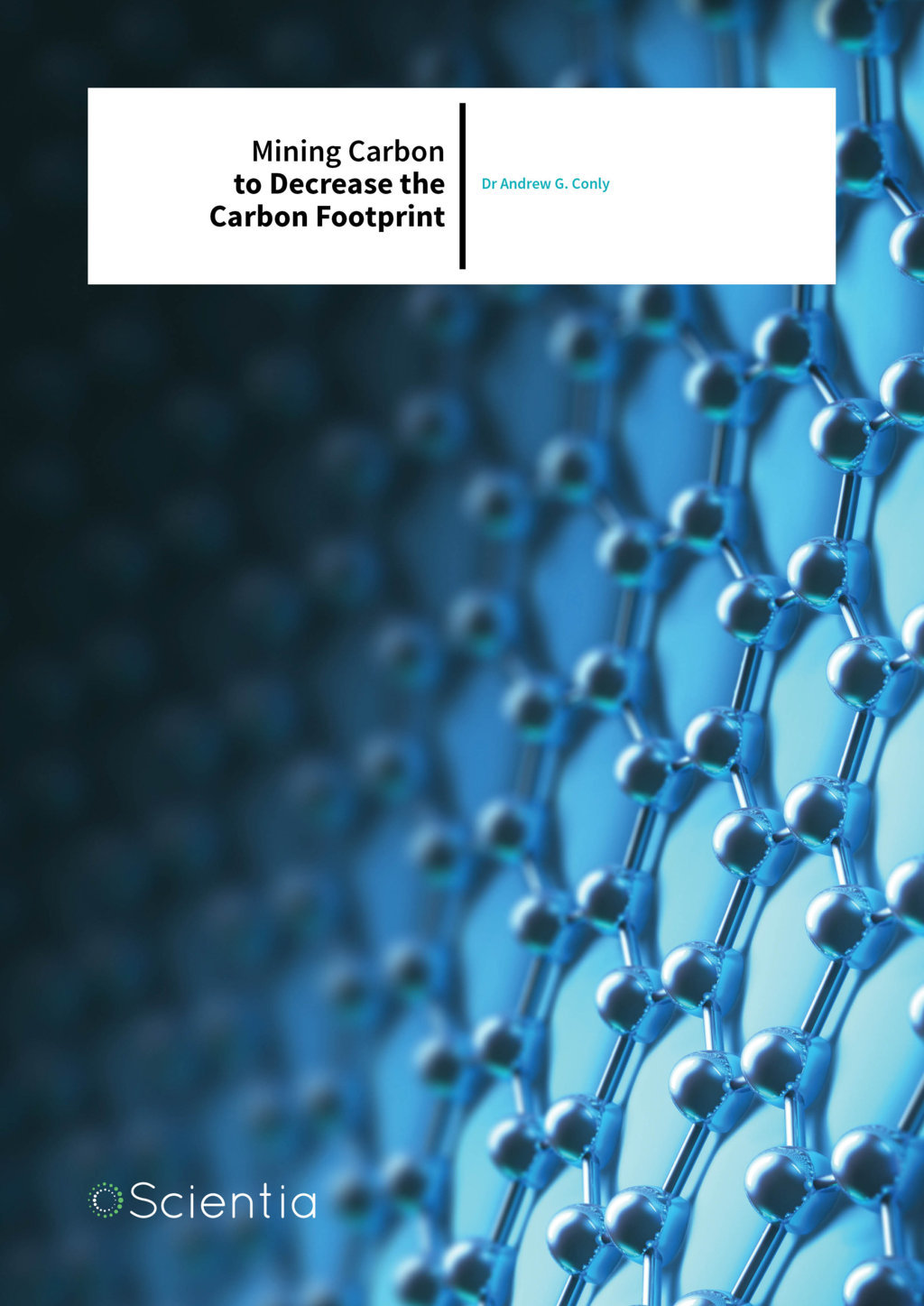
Dr Andrew G. Conly – Mining Carbon to Decrease the Carbon Footprint
Mineralogist and geologist Dr Andrew Conly and his colleagues at the Lakehead University Mineralogy and Experimental Laboratory at Thunder Bay, Ontario, Canada, help to keep high tech companies environmentally friendly and ‘green’ by identifying minable sources of, of...
